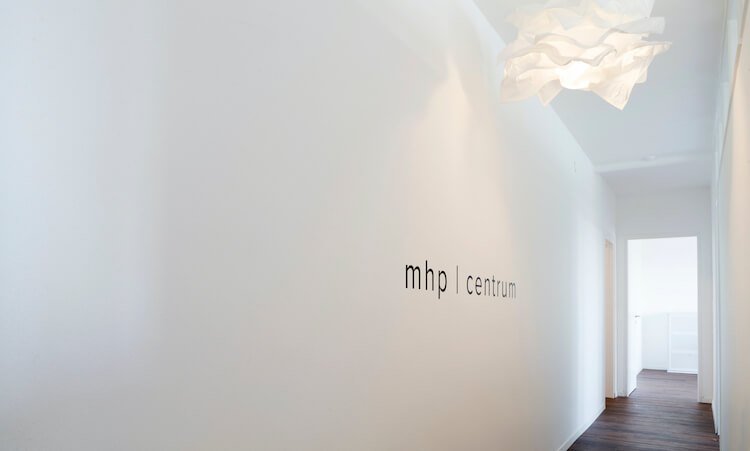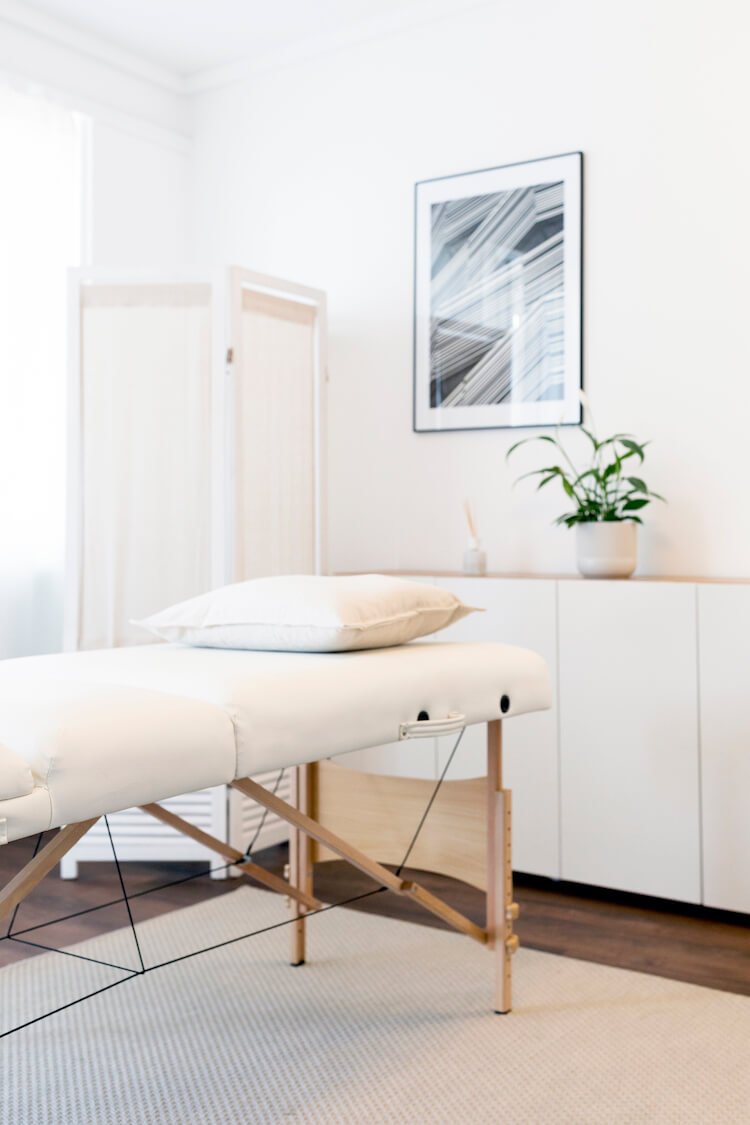Lipoedema
Lipoedema is a chronic condition in which abnormal fatty tissue deposits under the skin, causing a progressive increase in the volume of the legs and, in some cases, the arms.
It often appears during adolescence or pregnancy, as it is hormonally-induced. People suffering from lipoedema often notice a disproportion between their waist and their hips ("saddlebags"), and have difficulty managing their weight. Manual lymphatic drainage combined with compression bandaging is one method of treating lipoedema.
-
Lipoedema is not a constitutional variant, and is now recognized as a genuine pathology. Essentially female, chronic, progressive, painful and disabling, it is characterized by a disproportionate accumulation of adipose tissue and subcutaneous intercellular fluid, most often from the waist down to the ankles. In around a third of cases, the upper limbs are also affected.
-
Diagnosis is made by a physician and is usually clinical.
In the vast majority of cases, careful inspection and palpation of patients will reveal the cardinal clinical signs of lipoedema, such as :
Bilateral and symmetrical involvement
Pressure or spontaneous pain
Saving hands and feet
Frequent haematomas following minor or spontaneous trauma
Absence of the bucket sign (or a slight bucket sign after a prolonged period of orthostatism or during the warmer seasons)
Absence of Stemmer's sign (except in stage IV)
Imaging or invasive investigations are generally unnecessary.
-
There is currently no cure for lipoedema. Treatment is symptom-based, multi-disciplinary and tailored to the different types and stages of the disease. Early management is essential to slow the progression of the disease and maintain it in stages free of functional discomfort.
Management is based on two pillars:
Conservative decongestant treatment: manual lymph drainage combined with compression bandaging
Surgery
-
Manual lymphatic drainage is one of two phases in the treatment of lipoedema. The first, intensive phase combines Manual Lymphatic Drainage (MLD), reducing bandages, physical exercise and a specific diet.
This initial reduction phase precedes a stabilization and optimization phase.
The second phase begins as soon as edema is reduced, and is characterized by the replacement of bandages with elastic support in the form of flat-knit, custom-made tights.
-
Our lymphatic drainages in Lausanne are priced at:
60 minutes | CHF 120.00
90 minutes | CHF 180.00Your supplementary insurance (ASCA / APTN) may cover all or part of your lymphatic drainage costs.
Please check with your supplementary insurance company for reimbursement conditions.
You can book an appointment online by clicking on the button below, or by calling the secretariat.
Our lymphotherapists in Lausanne:
Lymphatic drainage in Lausanne:
Our complementary therapy center offers lymphatic drainage sessions in Lausanne.
mhp | centrum
Place Chauderon 3
1003 Lausanne
Do you have any questions? Have a look at our FAQs or contact us the way that suits you best




